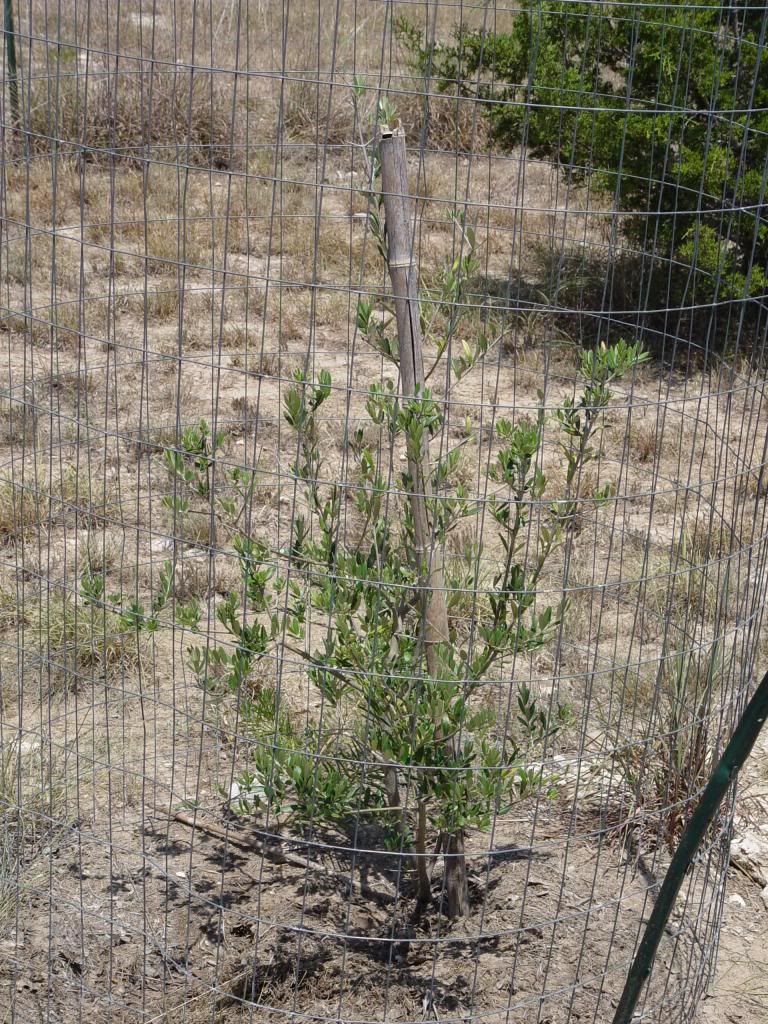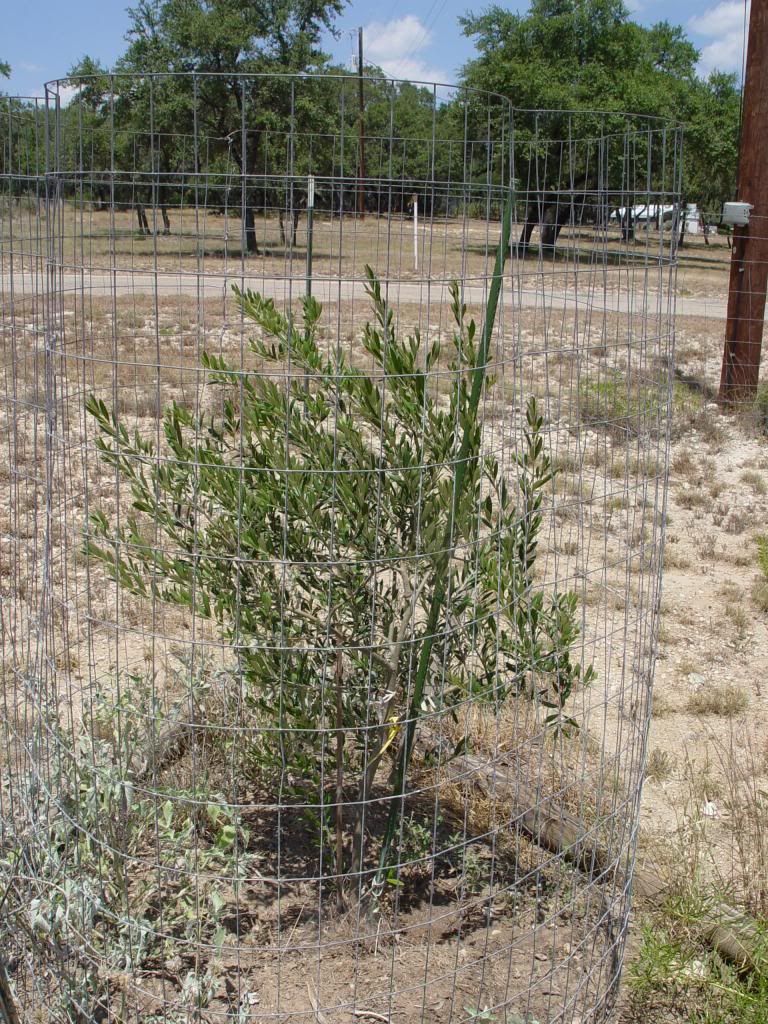Skip to comments.
WEEKLY GARDEN THREAD
Free Republic
| 8/16/2013
| greeneyes
Posted on 08/16/2013 12:42:15 PM PDT by greeneyes
The Weekly Gardening Thread is a weekly gathering of folks that love soil, seeds and plants of all kinds. From complete newbies that are looking to start that first potted plant, to gardeners with some acreage, to Master Gardener level and beyond, we would love to hear from you.
This thread is non-political, although you will find that most here are conservative folks. No matter what, you won’t be flamed and the only dumb question is the one that isn’t asked.
It is impossible to hijack the Weekly Gardening Thread ... there is no telling where it will go and that is part of the fun and interest. Jump in and join us!
NOTE: This is a once a week ping list. We do post to the thread during the week. Links to related articles and discussions which might be of interest are welcomed, so feel free to post them at any time.
TOPICS: Gardening
KEYWORDS: agriculture; food; gardening; hobby
Navigation: use the links below to view more comments.
first previous 1-20 ... 101-120, 121-140, 141-160 ... 201-206 next last
To: greeneyes; TEXOKIE; Marcella; All
Lesson learned as I pull up dead bean bushes: if starting from seed using seed starter and mesh pods, leaving the mesh intact combined with hard ground will inhibit root development. (Duh. I feel so stupid at this point.) Excuse me while I go kick myself with my orthopedic steel-toed workboots.
To: Black Agnes
Thanks for the detailed reply!
Koshihikari is supposed to take 128 days to maturity:
http://www.kitazawaseed.com/seed_167-119.html
Here in the eastern SF Bay Area (Alameda County), but not on the warm (Contra Costa County) side of the hills, it might take longer to ripen. People grow sweet corn and even sugar cane (as an ornamental), but I've never heard of people in my neighborhood growing rice.
To: Black Agnes; Marcella
I have two Arbequina Olive trees in the ground for two years now. They are extremely hardy. I’ve barely watered them during this drought and they still grow. They make very attractive ornamental plants, and one actually produced a handful of olives this year.
123
posted on
08/17/2013 11:10:06 AM PDT
by
Sarajevo
(Don't think for a minute that this excuse for a President has America's best interest in mind.)
To: Sarajevo
What’s your lowest temp in the winter usually?
Ours is around the high teens usually. But some years we can get close to 10 or so.
And ever 20+ years we get in the single digits.
To: Red_Devil 232
Figs! I am envious. I have three trees (bushes) that don’t produce. IIRC, they are Celeste Figs. I want to try Brown Turkey Fig. My neighbor has one and she always has fruit.
125
posted on
08/17/2013 11:14:12 AM PDT
by
Sarajevo
(Don't think for a minute that this excuse for a President has America's best interest in mind.)
To: Black Agnes
In Late January/early February we’ll have temps in the 20’s for a couple weeks. Our big problem is the surprise frosts in late March that kill off the early plants and buds from fruit trees.
126
posted on
08/17/2013 11:24:12 AM PDT
by
Sarajevo
(Don't think for a minute that this excuse for a President has America's best interest in mind.)
To: Sarajevo
Ah. I’m skittish to put mine in the ground then. I’d have to keep them pruned short enough to cover with tarp or some sort of protection for the occasional 10 deg nights we have.
I think what I’ll do in actuality is put them in the biggest prettiest pots I can find and leave them out most of the winter as long as temps are above 25ish.
Post pics if you have them. I’d like to see what shape and sort of tree this little 3ft’er will turn into.
To: Black Agnes
From Wiki:
Arbequina trees are adaptable to different conditions of climate and soil, although it does best in alkaline soils; it thrives in long, hot, dry summers, but is frost-hardy and pest-resistant. Its relatively small cup, allows it to be cultivated under more intense, high-density conditions than other plantation olives. The variety is very productive and enters early into production (from the first half of November). The fruit does not ripen simultaneously, and has an average resistance to detachment. Unlike most varieties, Arbequina has a high germination percentage and that makes rootstocks.


The tree in the upper picture is 3.5 ft tall, and the bottom picture is 4.5 ft tall. (3x the size when I bought them) They are bedded in horse manure mixed with the local caliche and mulched. They are slow growing trees, but as I mentioned before, they are very drought tolerant.
128
posted on
08/17/2013 12:13:56 PM PDT
by
Sarajevo
(Don't think for a minute that this excuse for a President has America's best interest in mind.)
To: Red_Devil 232
Figs were selling for 5 bucks a pound a couple of weeks ago and some guy ahead of us stepped up and bought the whole box #@%$^&&%$@!!@##$$!!!
129
posted on
08/17/2013 12:14:03 PM PDT
by
tubebender
(Evening news is where they begin with "Good Evening," and then proceed to tell you why it isn't.)
To: Sarajevo
Ok, mine is about 2/3 that size. It was about 2ft when I got it in the 1qt pot from Jungs back in June and it’s grown about 6” since then. But it’s branched out a whole bunch so it’s bigger just not a whole lot taller.
I hadn’t read that part about alkaline soil preference though. That’s another reason not to put it in the ground here. We’ve got very acidic soil. Blueberries are ecstatically happy here. I’ll remember to put a bit of lime in the potting soil when I plant it again next year.
To: Sarajevo
It’s neat that something that small is already making olives. From the wiki you posted it sounds like they might come true from seed?
To: Black Agnes
I believe so. I will also be real happy if they do produce from seed. I brought some olive seeds back from Iraq and they were a miserable failure.
Don't forget to do a pH test on your soil to make sure it's alkaline enough. My soil is naturally around 8-8.5pH.
132
posted on
08/17/2013 12:46:43 PM PDT
by
Sarajevo
(Don't think for a minute that this excuse for a President has America's best interest in mind.)
To: Sarajevo
My little Celeste Fig bush just started to produce figs this year. I have had it for three years and its figs are small so far.
133
posted on
08/17/2013 1:16:14 PM PDT
by
Red_Devil 232
(VietVet - USMC All Ready On The Right? All Ready On The Left? All Ready On The Firing Line!)
To: Sarajevo
Correction - All my fig trees are 5 year olds in the ground. My Brown Turkey never has really done well - Stunted growth like my Celeste.
134
posted on
08/17/2013 1:39:23 PM PDT
by
Red_Devil 232
(VietVet - USMC All Ready On The Right? All Ready On The Left? All Ready On The Firing Line!)
To: thecodont
If you can grow sugar cane you could grow rice.
I’m beginning to harvest rice already. The earliest and fastest was the Duborskian:
http://www.fedcoseeds.com/seeds/search.php?page=1&totalRows=23&search=rice&item=4312&index=13&page=1&;
The Hmong sticky looks to be nearly ripe. I cut some pannicles today that were completely golden brown already.
The Carolina Gold is still blooming profusely and the Bluebonnet hasn’t started yet. I planted the Carolina Gold and the Hmong Sticky at the same time. The Duborskian and Bluebonnet about 3w later. The Duborskian got ripe before the Hmong Sticky if you can believe it.
The Hmong Sticky was:
http://www.southernexposure.com/rice-hmong-sticky-grain-7-g-p-592.html
The Carolina Gold was:
http://www.southernexposure.com/rice-carolina-gold-grain-7-g-p-576.html
And the Bluebonnet was:
http://www.rareseeds.com/rice-blue-bonnet/
I’ve planted all of them 12”-15” square gridded. The Hmong Sticky seems to have benefitted more from that. However, it was the only one that got mulched early. The Bluebonnet might be as pretty as the Hmong Sticky in a few weeks though as it’s catching up.
The Carolina Gold isn’t as pretty even though it was mulched but it’s in a section of the garden I know for a fact has poor soil by comparison.
The Duborskian got set out just before I hurt my food and was out of comission largely for nearly a month. The weeds got it. However, I got more seed than I planted so I’m happy with that.
To: Black Agnes
Wonderful, thanks for the links.
How do you plan to thresh it?
To: greeneyes
It is Texas Tomato Food from the Urban Farm Fertilizer Co. It is 3.8-3.1-7.0 for all large vegetables. It is made from bat guano, humic acid, worm castings, kelp, Mycorrhizae, Vitazyme, plus other stuff. It is calcium rich and claims major reduction, or total elimination of blossom end rot. She said many customers rave about it's results. www.uffertilizers.com
She spent a lot of time with me and recommended it so I bought some. 1gt makes 64ga.
To: thecodont
lol.
That’s my question too!
I’ve been looking on ebay for rice hullers and the cheapest one is about $1K. I’m hoping to find a used one though. We are gluten free at our house and if rice is as ‘easy’ as it’s been this summer that would be a cheap way to grow our own organically. Once it’s dehulled an ordinary grain grinder could make rice flour. We use a lot of rice flour and the organic stuff is out of our price range right now.
To: greeneyes; rightly_dividing; All
I visited rightly_dividing and his wife today. They are lovely Freepers. Rightly is a worker of wood and built an excellent dolly for my barrel where the Tromboncino Italian Squash plant goes. He put thought into that dolly to make it easy to slide a pot on it and put a rail on the other three sides so it wouldn't slip off. Rightly is a master dolly maker. He was so kind to make this dolly and it will last forever. Bet no one else has a dolly made of hardwood.
Overnight, the squash plant grew another inch in the small paper cup. It has outgrown that little cup and I have to get it planted in the barrel. It will be in there before tomorrow is over. I'll put the potting soil mix in the barrel IN MY HOUSE because it will take some time to fill it and I can't stand the outside heat long enough to do that. Because he built the dolly, I can roll it out of the house (it will be heavy then), and up a short ramp to the main deck.
THANKS, RIGHTLY!
139
posted on
08/17/2013 2:43:34 PM PDT
by
Marcella
((Prepping can save your life today. I am a Christian, not a Muslim.))
To: Black Agnes
More labor-intensive methods:
De-husking rice with a wooden beater in the Himalayas, 1990 - a simple rice huller which is pedal operated (you step on the pedal as if you were operating an old-fashioned Singer sewing machine). The pedal is connected to a hammer which pounds the grain in a mortar, and the hulled grain pops out. Sifting out the chaff is done by hand.
http://www.youtube.com/watch?v=USjW-AcRifM
Here are some people (Americans?) using a bicycle-powered mill, supposedly they processed a cup of grain after a minute of pedaling:
http://www.youtube.com/watch?v=GZzygsmMNkQ
Navigation: use the links below to view more comments.
first previous 1-20 ... 101-120, 121-140, 141-160 ... 201-206 next last
Disclaimer:
Opinions posted on Free Republic are those of the individual
posters and do not necessarily represent the opinion of Free Republic or its
management. All materials posted herein are protected by copyright law and the
exemption for fair use of copyrighted works.
FreeRepublic.com is powered by software copyright 2000-2008 John Robinson

